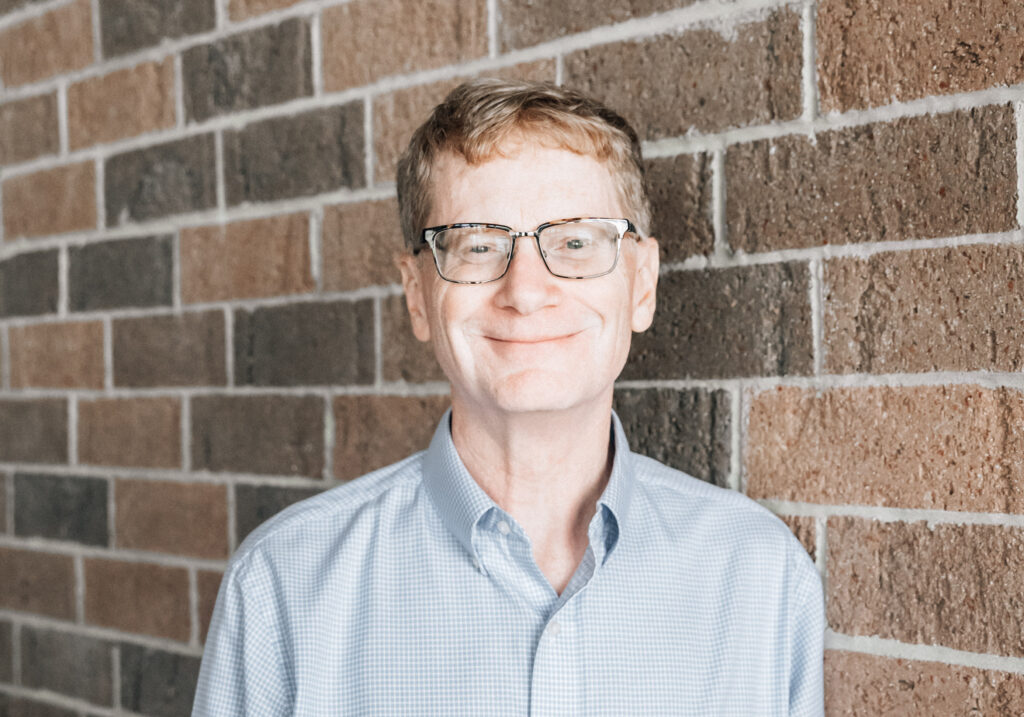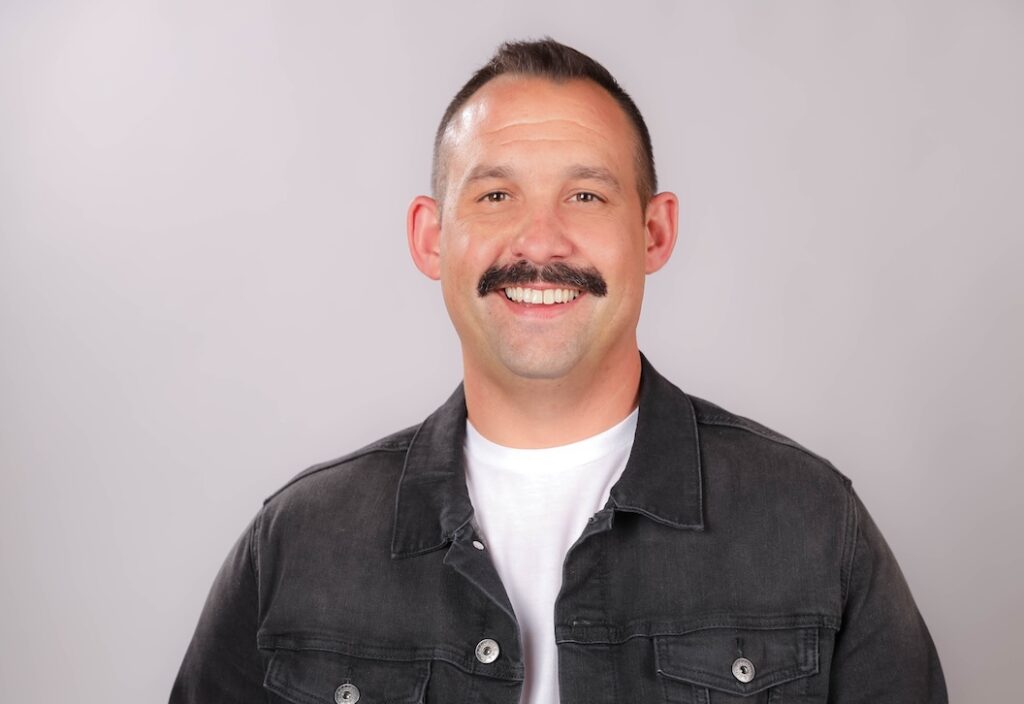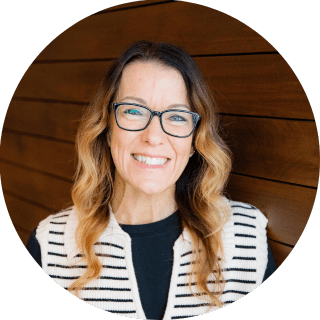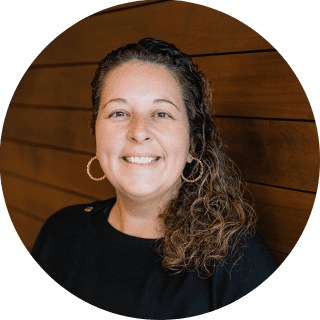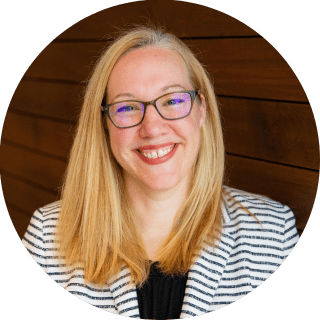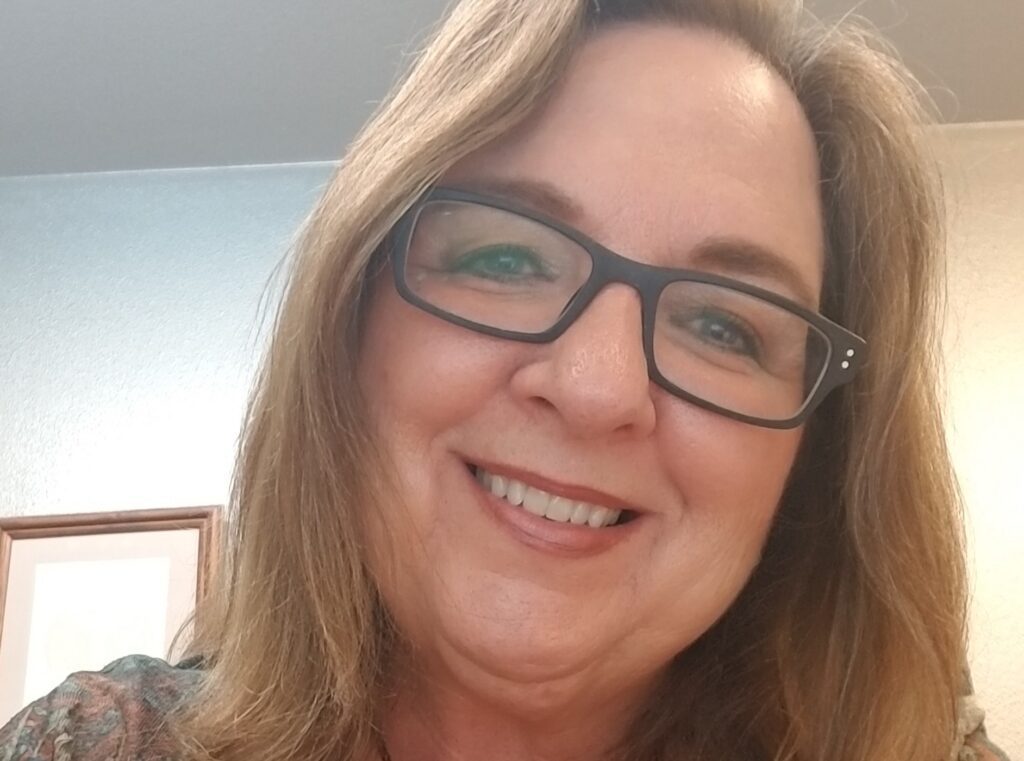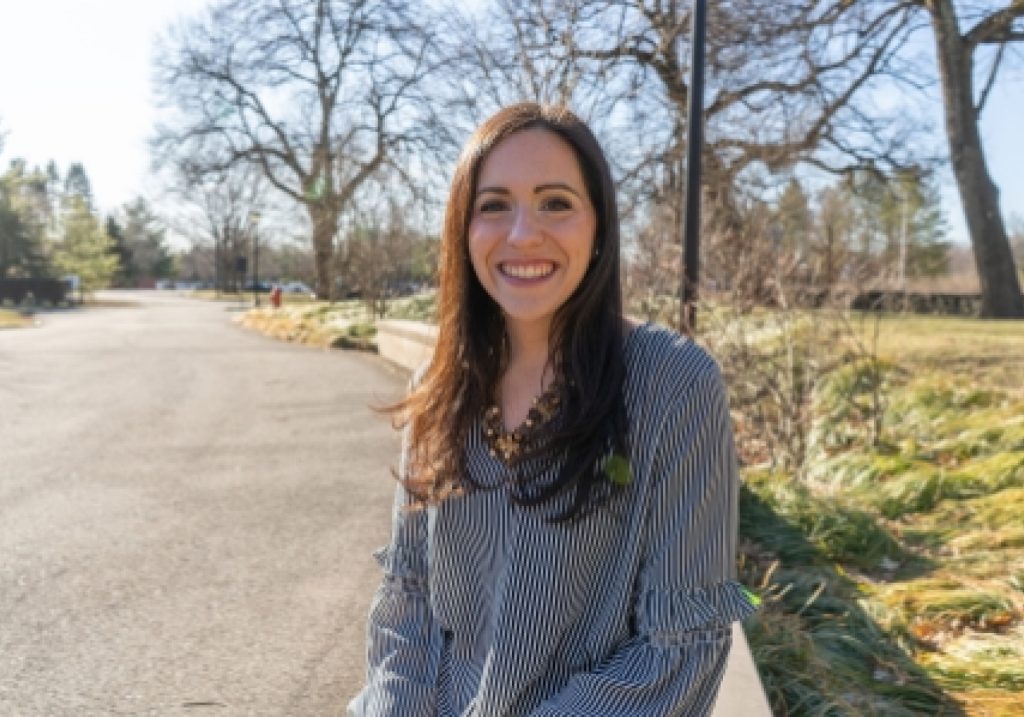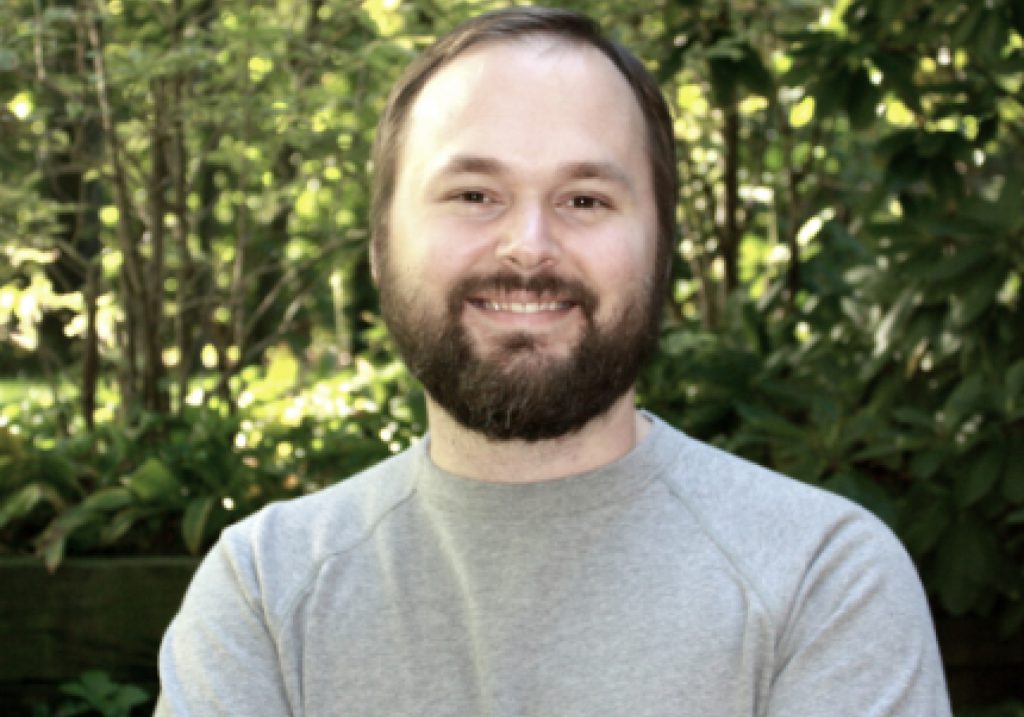Love INC Kenya
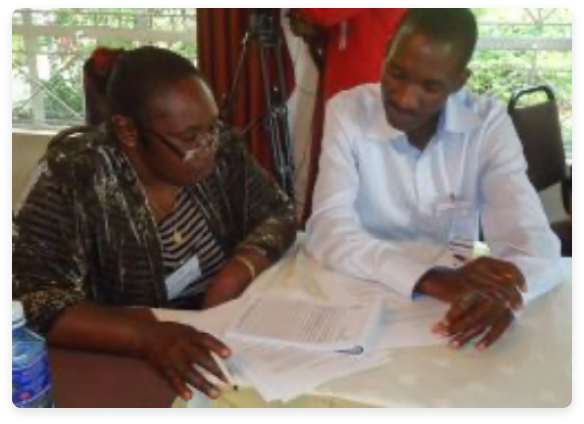
The formation of Love INC Kenya began in 2008 with a small group of pastors from Nairobi who felt that their churches were not fulfilling the mandate to “serve the poor among us”. According to 2009 data from the World Bank, 47% of Kenyans still live below the national poverty line. However, despite overwhelming needs in the community, there has been a lack of coordination among churches to address the needs of the most vulnerable.
In response to this gap, World Relief Kenya pulled together a team of pastors from Nairobi churches for a vision trip in 2010 to the US. This team observed the US-based Love In the Name of Christ model in action.
Love INC is an adaptable model that can be translated across cultures and nations. In October 2010, a team from Love INC in the US came to Kenya to cast a vision for Love INC to a group of about 40 pastors from the Nairobi area. In early 2011, the decision was made adapt the Love INC model to Kenya. We wanted to see “love” happening!
Using a map of Nairobi as a guide, Love INC Kenya established five zones of service which run along five major road arteries in Nairobi: Thika Road, Karura, Ngong Road, Karengata, and Mombasa Road.
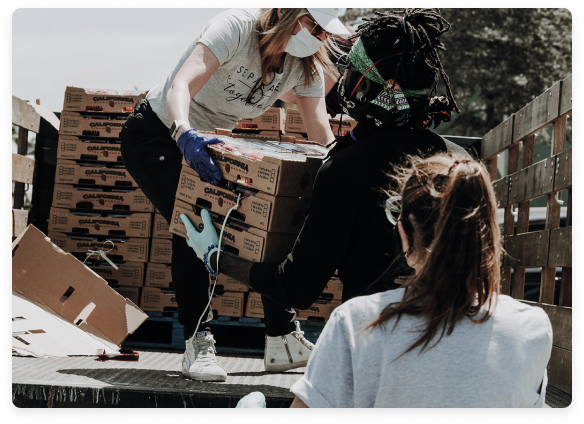
Stories from Around the World
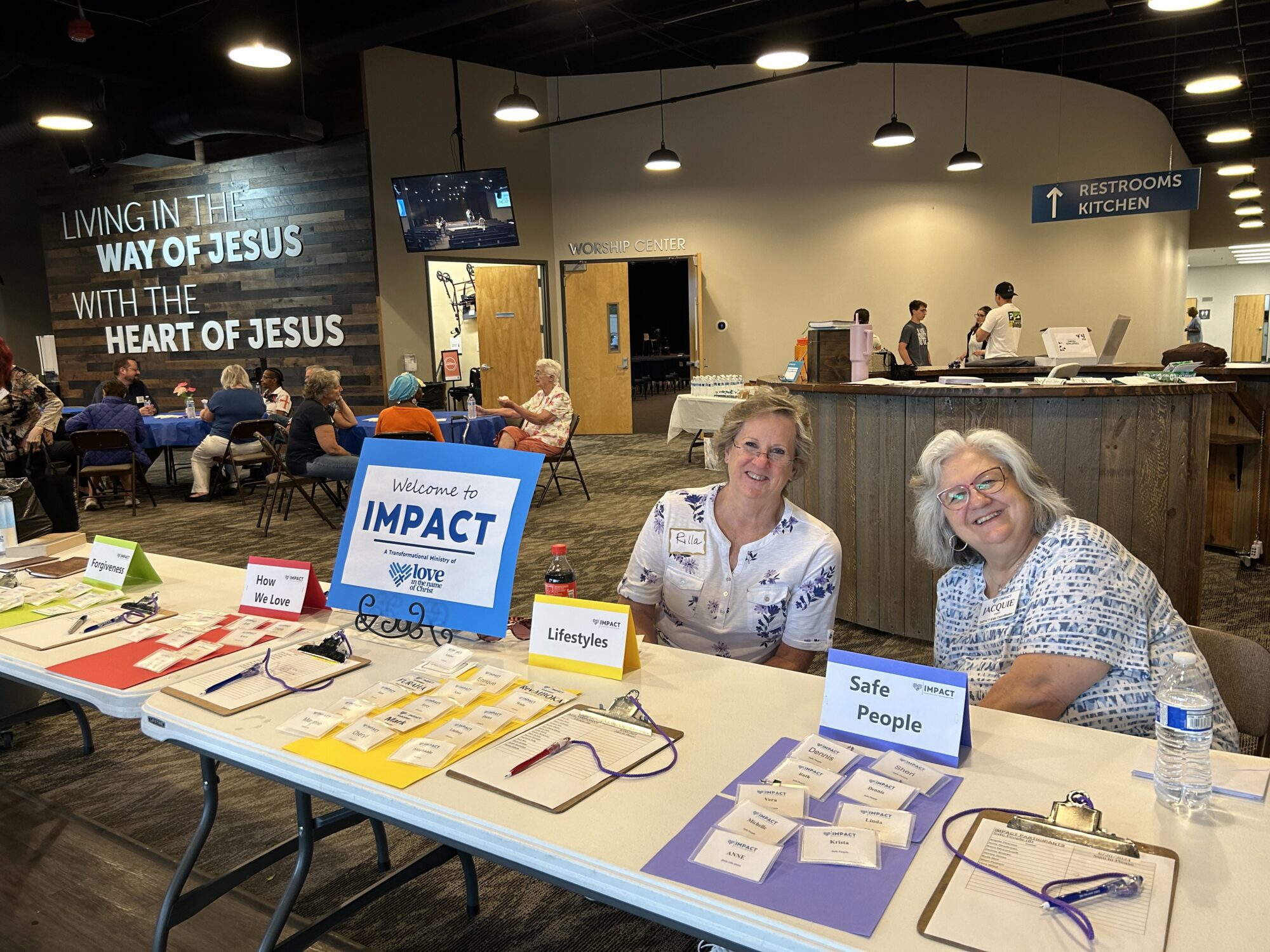
Never Alone
“When I began this part of my life’s journey with the Love INC of Littleton, CO, I was in an abusive relationship with three kids and a few years prior I had lost a child to SIDS. I myself was lost. But I didn’t even know it. I
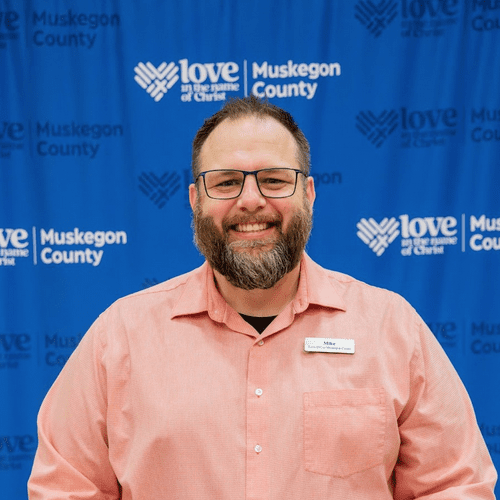
Executive Director Spotlight: Mike Miller, Love INC of Muskegon, Michigan
“When I was a boy, my family was going through hard times. My mother and father were trying hard to provide for me and my three siblings, but the bills often outpaced their income, and our family was referred to Love INC for assistance. We received food, winter
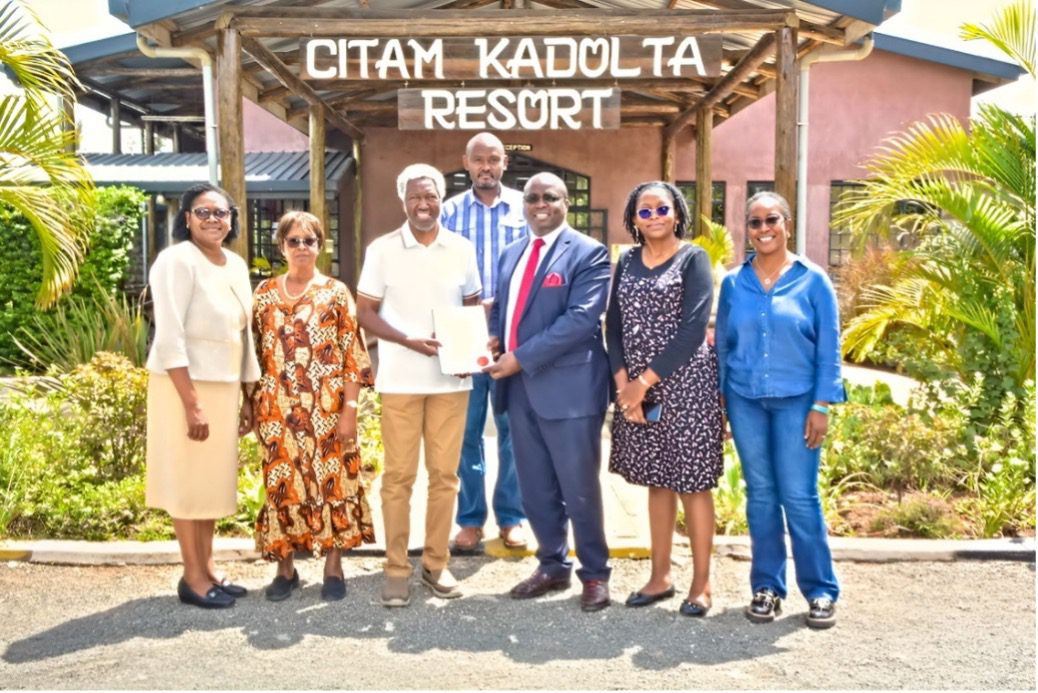
Love INC Kenya Receives Accreditation from AfCAA
We are thrilled to announce that Love INC Kenya was officially accredited by the African Council for Accreditation and Accountability (afcaa.org) as of July 25, 2024. Represented in 44 Sub-Saharan African countries, AfCAA is a faith-based institution that promotes ethical and accountability standards for Christian organizations. This recognition


